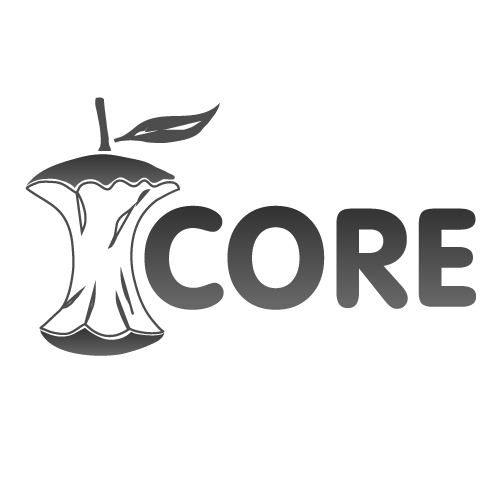Mock sample for your project: Health Repository Provider Specifications for HIP API
Integrate with "Health Repository Provider Specifications for HIP API" from ndhm.gov.in in no time with Mockoon's ready to use mock sample
Health Repository Provider Specifications for HIP
Version: 0.5
Start working with "Health Repository Provider Specifications for HIP API" right away by using this ready-to-use mock sample. API mocking can greatly speed up your application development by removing all the tedious tasks or issues: API key provisioning, account creation, unplanned downtime, etc.
It also helps reduce your dependency on third-party APIs and improves your integration tests' quality and reliability by accounting for random failures, slow response time, etc.
Description
The following are the specifications for the APIs to be implemented at the Health Repository end if an entity is only serving the role of a HIP. The specs are essentially duplicates from the Gateway and Health Repository, but put together so as to make it clear to HIPs which set of APIs they should implement to participate in the network.
Other APIs by ndhm.gov.in
Health Data Consent Manager
It enables customers to fetch their health information from one or more Health Information Providers
(e.g., Hospitals, Diagnostic Labs, Medical Device Companies), based on their explicit Consent and to share such
aggregated information with Health Information Users i.e. entities in need of such data (e.g., Insurers,
Doctors, Medical Researchers).
Specifications
This document maintains only the Health Information Gateway relevant APIs.
Gateway
Health ID Service
In order to issue a Health ID to an individual, one only needs basic demographic details like Name, Year of Birth, Gender. In addition, citizens should be able to update contact information easily.
Health Repository Provider Specifications for HIU
The APIs are organized by the flows - identification, consent flow, data flow and monitoring. They represent the APIs that are expected to be available at the HIU end by the Gateway.
For majority of the APIs, if Gateway has initiated a call, there are corresponding callback APIs on the Gateway. e.g for /consents/hiu/notify API on HIU end, its expected that a corresponding callback API /consents/hiu/on-notify on Gateway is called. Such APIs are organized under the Gateway label.
Gateway relevant APIs for HIUs are grouped under Gateway label. These include the APIs that HIPs are required to call on the Gateway. For example, to request a CM for consent, HIU would call /consent-requests/init API on gateway.
NOTE, in some of the API documentations below, X-HIP-ID is mentioned in header (for example in /auth/on-init). These are the cases, when a particular API is applicable for both HIU and HIP (e.g an entity is playing the role of HRP representing both HIU and HIP). If you are only playing the role of HIP, then only X-HIU-ID header will be sent
Other APIs in the same category
COVID-19 data API
Transport Department, Uttar Pradesh
Motor Vehicle Department, Odisha

CarbonDoomsDay
Prime ReportStream
Transport Department, Manipur
UP State Board of High School and Intermediate Education, Uttar Pradesh

CORE API v2
resources harvested and enriched by CORE. If you encounter any problems with the API, please report them to us.
Overview
The API is organised by resource type. The resources are articles,
journals and repositories and are represented using JSON data format. Furthermore,
each resource has a list of methods. The API also provides two global methods for accessing all resources at once.
Response format
Response for each query contains two fields: status and data.
In case of an error status, the data field is empty. The data field contains a single object
in case the request is for a specific identifier (e.g. CORE ID, CORE repository ID, etc.), or
contains a list of objects, for example for search queries. In case of batch requests, the response
is an array of objects, each of which contains its own status and data fields.
For search queries the response contains an additional field totalHits, which is the
total number of items which match the search criteria.
Search query syntax
Complex search queries can be used in all of the API search methods.
The query can be a simple string or it can be built using terms and operators described in Elasticsearch
documentation.
The usable field names are title, description, fullText,
authors, publisher, repositories.id, repositories.name,
doi, oai, identifiers (which is a list of article identifiers including OAI, URL, etc.), language.name
and year. Some example queries:
title:psychology and language.name:English
repositories.id:86 AND year:2014
identifiers:"oai:aura.abdn.ac.uk:2164/3837" OR identifiers:"oai:aura.abdn.ac.uk:2164/3843"
doi:"10.1186/1471-2458-6-309"
Retrieving the latest Articles
You can retrieve the harvested items since specific dates using the following queries:
repositoryDocument.metadataUpdated:>2017-02-10
repositoryDocument.metadataUpdated:>2017-03-01 AND repositoryDocument.metadataUpdated:
Sort order
For search queries, the results are ordered by relevance score. For batch
requests, the results are retrieved in the order of the requests.
Parameters
The API methods allow different parameters to be passed. Additionally, there is an API key parameter which is common to all API methods. For all API methods
the API key can be provided either as a query parameter or in the request header. If the API key
is not provided, the API will return HTTP 401 error. You can register for an API key here.
API methods
